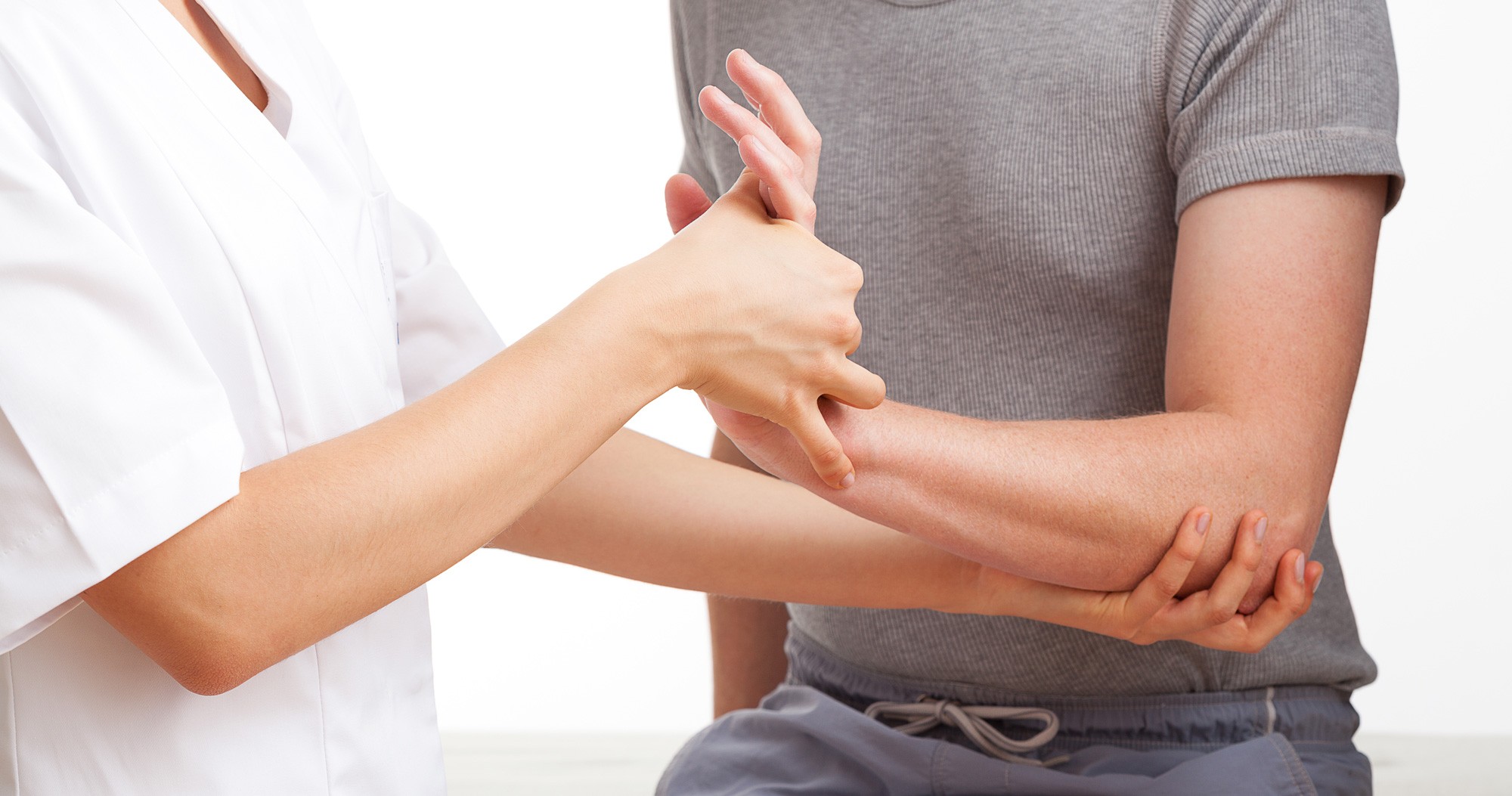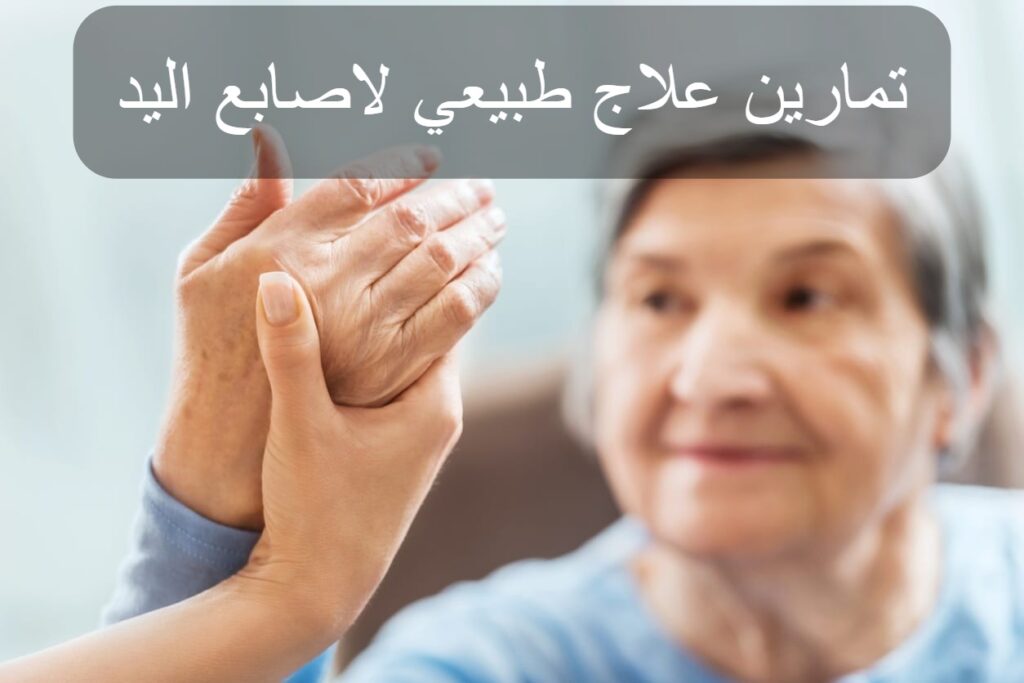Finger physical therapy exercises are designed to enhance flexibility and strength and improve natural movement. These exercises include a variety of easy techniques and exercises that can be done at home or with the guidance of a physical therapist. Exercises typically include stretching, contraction, massage, and functional exercises aimed at improving overall hand function.
Among the popular exercises include the following:
Stretching and contracting exercises: These exercises involve regularly extending and contracting the fingers to improve flexibility and movement control.
Squeeze and friction exercises: Small balls or special pressure and friction devices can be used on the hand to improve strength and improve balance and coordination.
Functional exercises: These exercises involve using the hand in daily activities such as controlling small objects, attaching objects, and writing, in order to improve the ability to perform daily tasks normally.
Relaxation and meditation exercises: These exercises include relaxation and meditation techniques that aim to relieve mental and physical tension and pressure, which contributes to improving hand function.
A physical therapist should be consulted before starting any exercise program to treat fingers, especially if there are special health conditions or if the injury or surgery is recent. Be sure to follow instructions carefully and evaluate comfort and responses when doing any exercise.
 Physical therapy exercises for the fingers
Physical therapy exercises for the fingers
Treating trigger finger problem without surgery
Treating trigger finger without surgery focuses on relieving pain and restoring normal movement to the affected finger. Here are some methods that can be used to treat this problem without the need for surgery:
Physical therapy exercises: Physical therapy can be effective in treating trigger finger problem. Physical therapy identifies appropriate exercises and techniques to stretch and strengthen the fingers and improve their movement. These exercises can include stretching, contracting, and massage exercises.
Using cotton tapes (Splinting): The doctor may recommend wearing special cotton tapes to hold the affected finger in a specific position, which helps reduce pressure on the tendons and reduce pain.
Heat and cold therapy: Hot and cold applications can be used to relieve pain and inflammation in the affected finger. Ice packs or cloths soaked in hot water can be used and placed on the finger for short periods.
Massage therapy: Massage can be used to relieve tension and pressure on the tendons and tissues surrounding the affected finger. Soothing pressure and gentle movement can be used to improve blood flow and relieve pain.
Rest and avoid painful activities: The patient should maintain rest and avoid activities that may increase pain or cause irritation to the affected finger.
Local anesthetic techniques: In some cases, topical applications such as anesthetic creams may be used to relieve pain and reduce swelling.
Read also: The difference between physical therapy and physical therapy
What is the treatment for stiff fingers?
Stiff fingers is a condition characterized by difficulty moving the fingers and reducing their flexibility, and it can have several causes and different treatment methods. Here are answers to your questions:
Physical therapy: includes exercises to improve strength and flexibility, relaxation exercises and massage to improve blood flow.
Lumbar straps: used to hold the fingers in a certain position to relieve pressure and improve flexibility.
Drug treatment: The doctor may prescribe anti-inflammatory medications or pain relievers to relieve pain and swelling.
Surgery: In severe cases, doctors may resort to surgery to free the tendons and improve finger movement.
How to know if the nerves in the hand are weak:
Nerve weakness can appear with several signs, including:
Weakness in hand grip.
Difficulty controlling fingers.
Numbness or tingling in the fingers.
Changes in sensitivity.
Difficulty executing fine movements.
Causes of weak fingers:
Finger weakness may be due to several reasons, including:
Nervous pressure resulting from infections or injuries.
Spinal problems such as herniated disc.
Carpal tunnel syndrome.
Arthritis such as rheumatoid arthritis.
Nerve diseases such as closed canalicular syndrome.
Severe psychological or physical stress.
We hope that you have benefited from this article and the exercises that we have presented to treat pain or difficulties in the fingers. Don’t hesitate to share your experiences or questions with us in the comments. Thank you and we look forward to hearing your opinions.
The most important services provided by Medca Physical Therapy Solutions:
Home physical therapist
Neurological physical therapy
Electrotherapy

